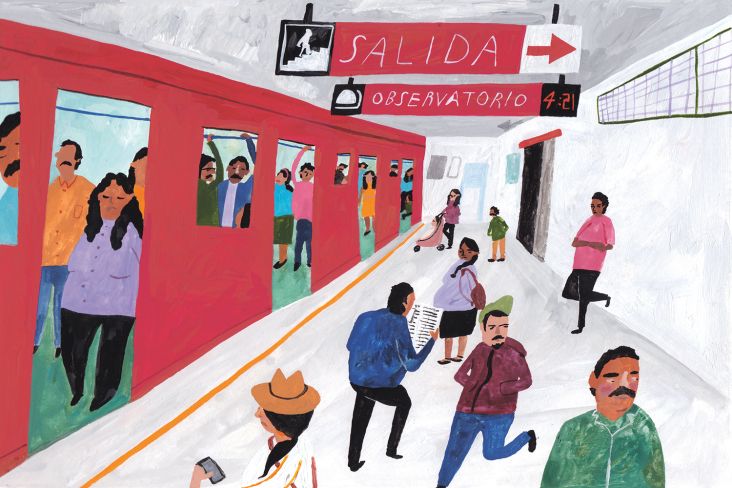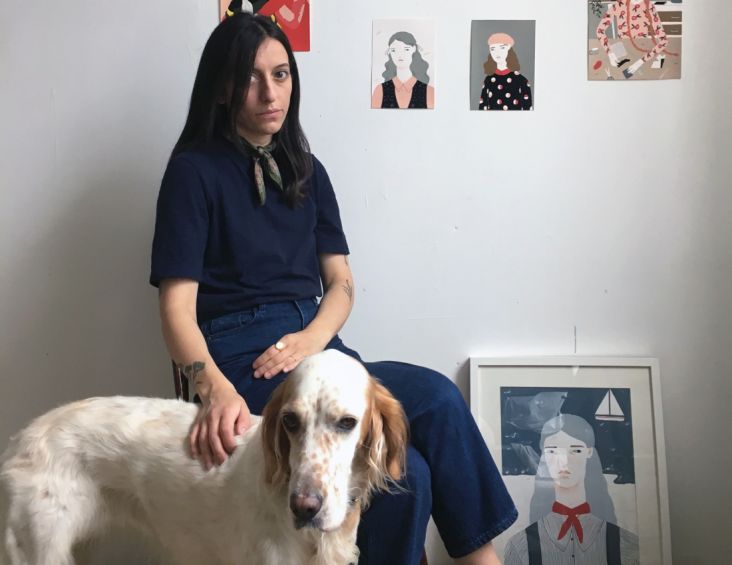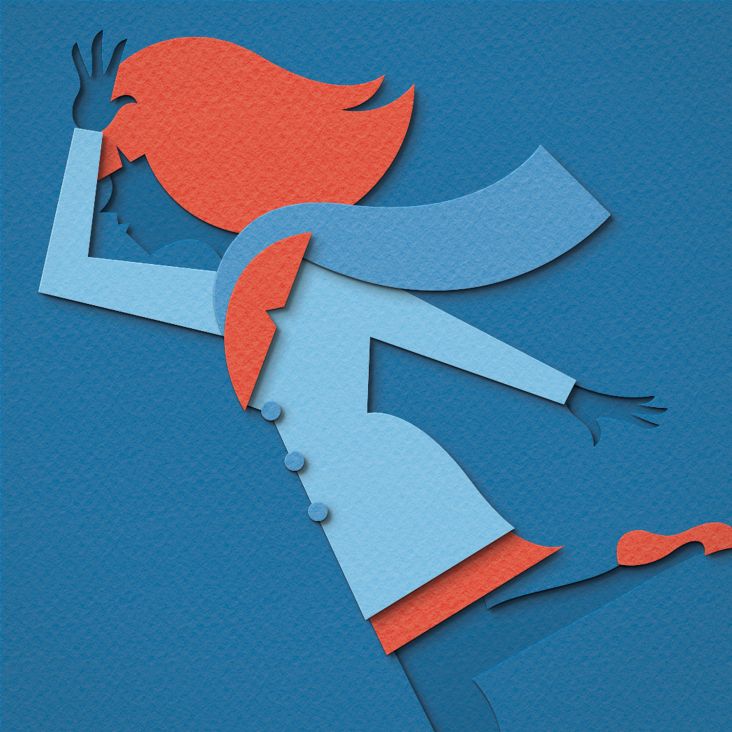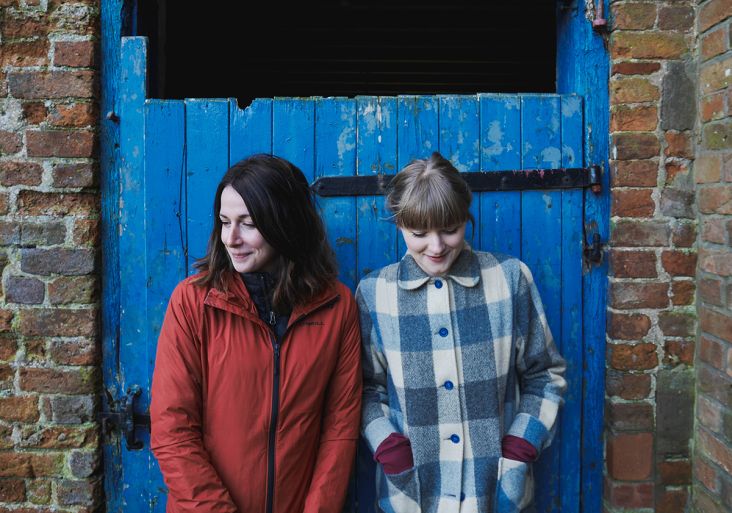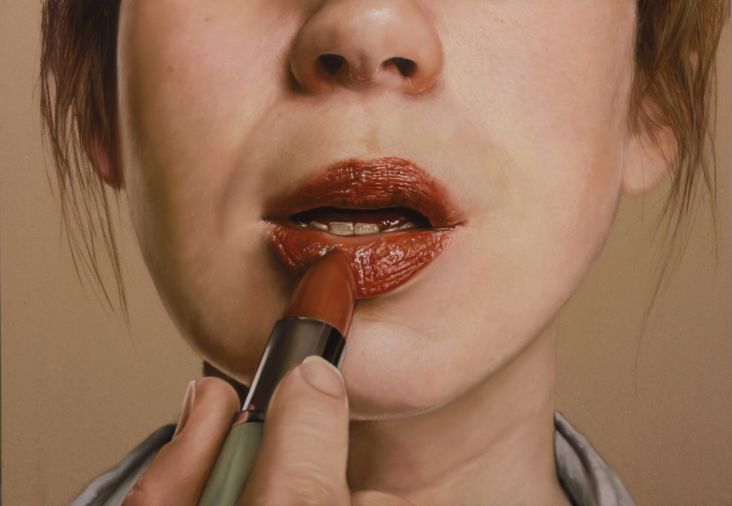Sharmelan Murugiah on pursuing your dreams, training as an architect and Guillermo del Toro
Sharm Murugiah arrived at commercial art in the "best way possible" – the long way. After initially training as an architect, for seven years in total, the now-illustrator always knew he wanted to draw for a living. After a stint at Scribbler and later LEON restaurants, Sharm set up on his own as a freelance artist. And so, Studio Murugiah was born.
](https://www.creativeboom.com/upload/articles/51/5167d0786e1f89a450fd8765ce1c3f9c5d4c43d2_1280.jpg)
Photography by Will Ireland
Since then, Sharm has become renowned for his off-beat cartoon style inspired by the comics of his youth and covering a range of subjects from surreal imagery to character-filled creations. In 2014, he won a D&AD award and has exhibited his work in galleries from France to the USA.
A self-confessed chatterbox, Sharm spared us an hour of his time to answer our questions on his career journey to date.
Have you always been creative?
Since I can remember, I’ve always wanted to draw. As a kid, I remember redrawing the work of illustrator, Giles Greenfield, from the book cover of Harry Potter and the Goblet of Fire during my maths class. And I had this movie art card of the t-800 endoskeleton from the film Terminator 2: Judgment Day, which I was obsessed with.
It was really my GCSE in Art that led me down the rabbit hole of pursuing art as a career. From the beginning of my GCSE to the end of my A-levels, I spent time learning various creative outlets from sculpture right up to early digital techniques.
You originally trained as an architect – what made you switch to illustration?
I did the full seven years training in architecture. I did my three-year undergraduate degree at Kingston. It was a school that had all kinds of design subjects so I spent my days being surrounded and inspired by the fine art crew, other illustrators and tech design folks. It felt good.
My architectural designs were clearly the scribbles of a frustrated artist stuck on an architectural degree but it was fine! I was learning to design and making friends and having fun.
My decision to continue on with a year out in the industry and a two-year postgraduate diploma in architecture was because everyone else was doing that… I didn’t really clock on to my true interests in illustration and art until my final tutorial with my diploma architecture tutor who was impressed with the way my designs looked but not so impressed with technical and engineering bits of my buildings. It was only then on the walk back to our studio space down the road that I decided to focus my spare time on creating art.
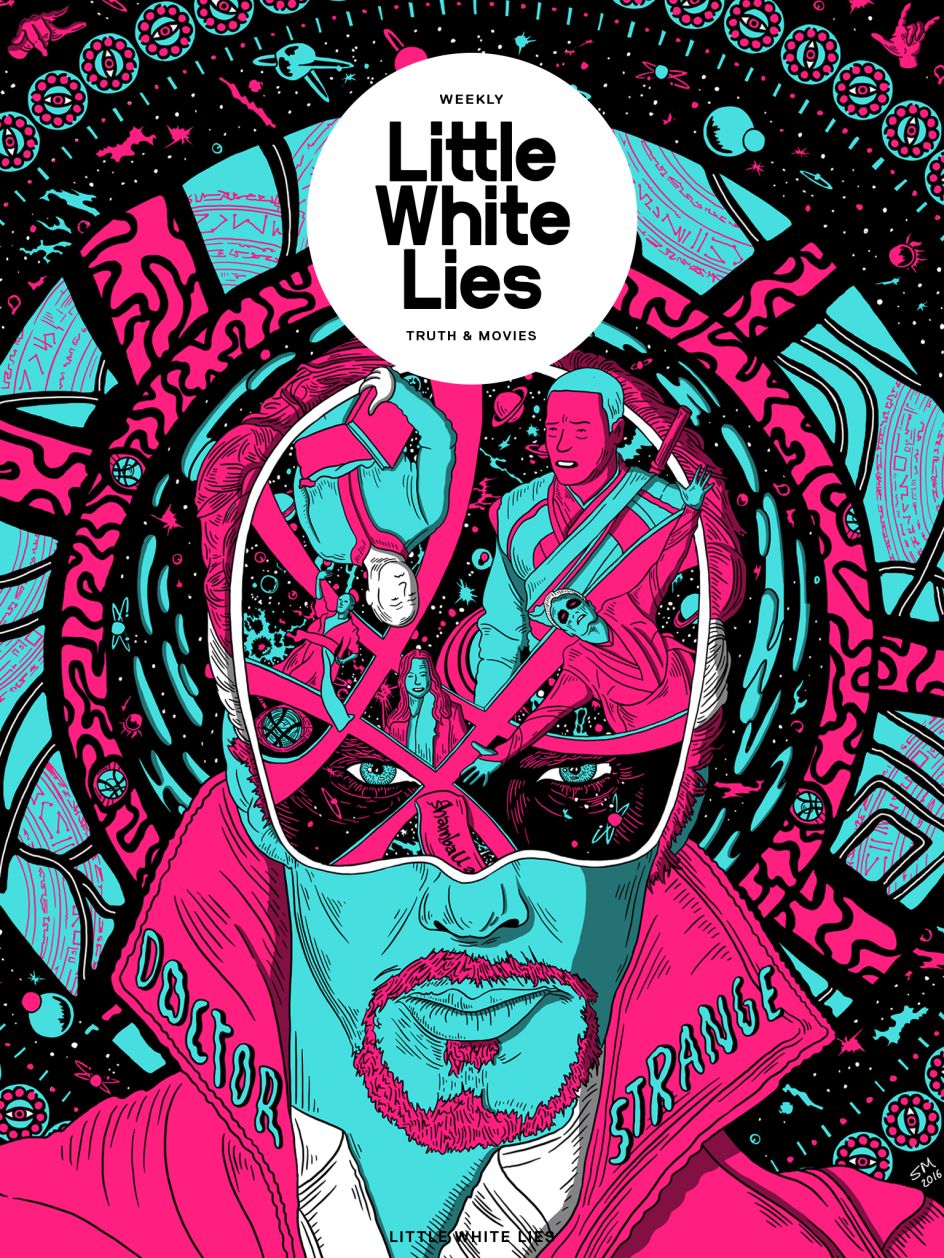
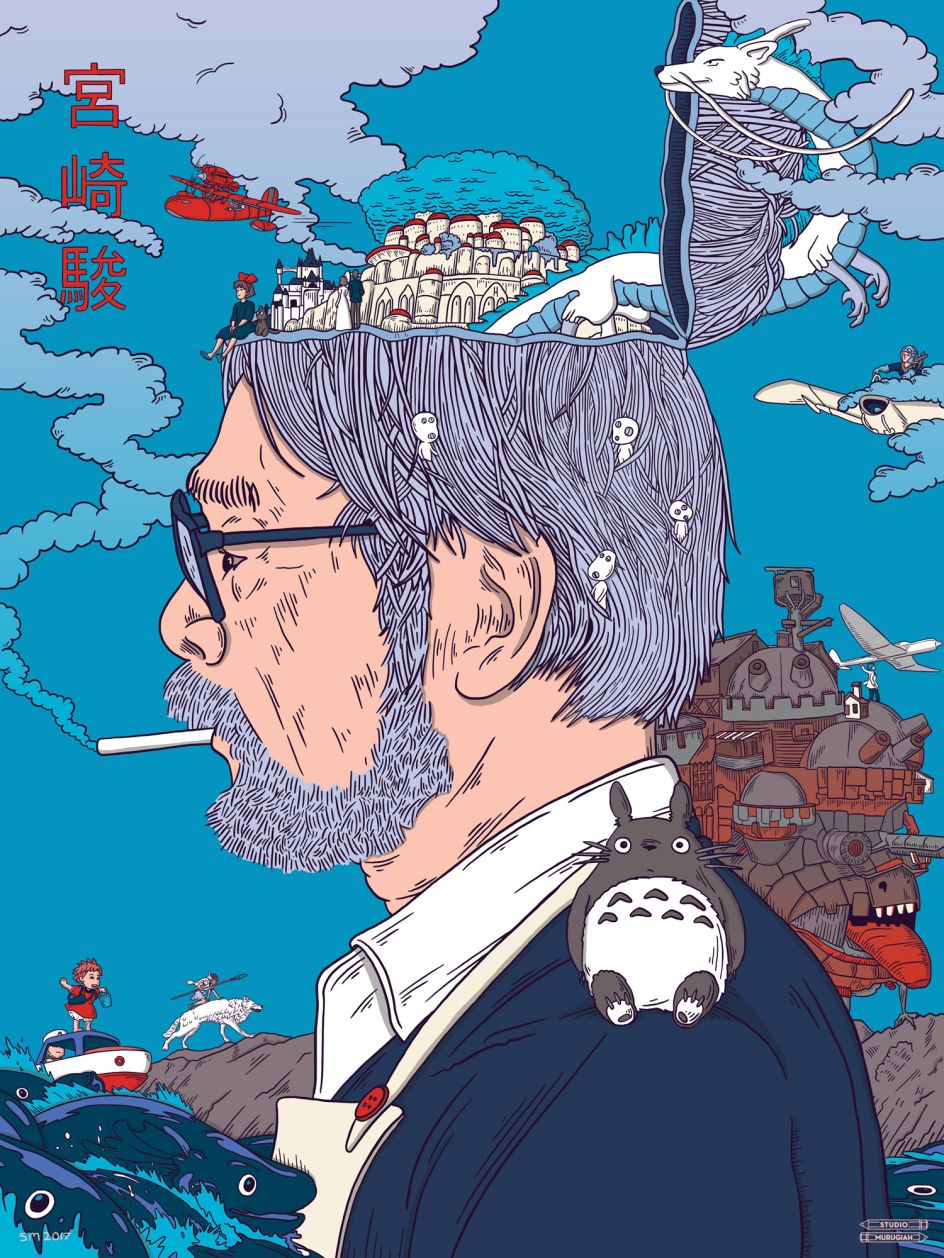
How do the skills you learnt during your training as an architect apply to your illustrative work?
An artist friend of mine recently took a look at one of my editorial illustrations and said: “you have a designer and illustrator mind, colour layout and style”. I spent a lot of time in architecture school laying things out, physically and mentally.
We were constantly taught how to plan; plan out our theories behind our building designs, plan out our presentation of our designs, so I think the ability to approach an illustration project with an element of structure and thought has been learnt from training as an architect!
That obviously comes with its downfalls, one loses the ability to be a bit looser and free-flowing. If an idea comes to mind while in the middle of a piece that was not pre-planned I have to learn to go with it.
You now work as a freelancer – what has been the greatest challenge you’ve faced while being self-employed, and how did you overcome it?
Aside from the most obvious ones; not knowing when your next job is, general financial woes, I think the biggest one for me at the moment is being stuck in my studio for prolonged periods of time without seeing anyone. Although, I live with my lovely girlfriend and our two cats so I'm not that lonely.
But, for example, this week just went, I was a bit ill with a cold, I still worked because it's easy to be all snotty at my desk with no judgement of my snotty self from others. But I didn’t end up leaving the house for five days! Granted, I was ill and I usually leave the house to go for lunch or use the gym but if I shared a studio space with some other creatives at least I could have some outside human interaction. There are so many pros and cons to working from home so it's more about finding that separation between work life and home life.
I’m overcoming it by - not heading straight to my studio space as soon as I wake up, making sure I clock off at a reasonable time each evening when I am able to. Not working on weekends, when I am able to. Keeping up with my excursions out of the house/studio.

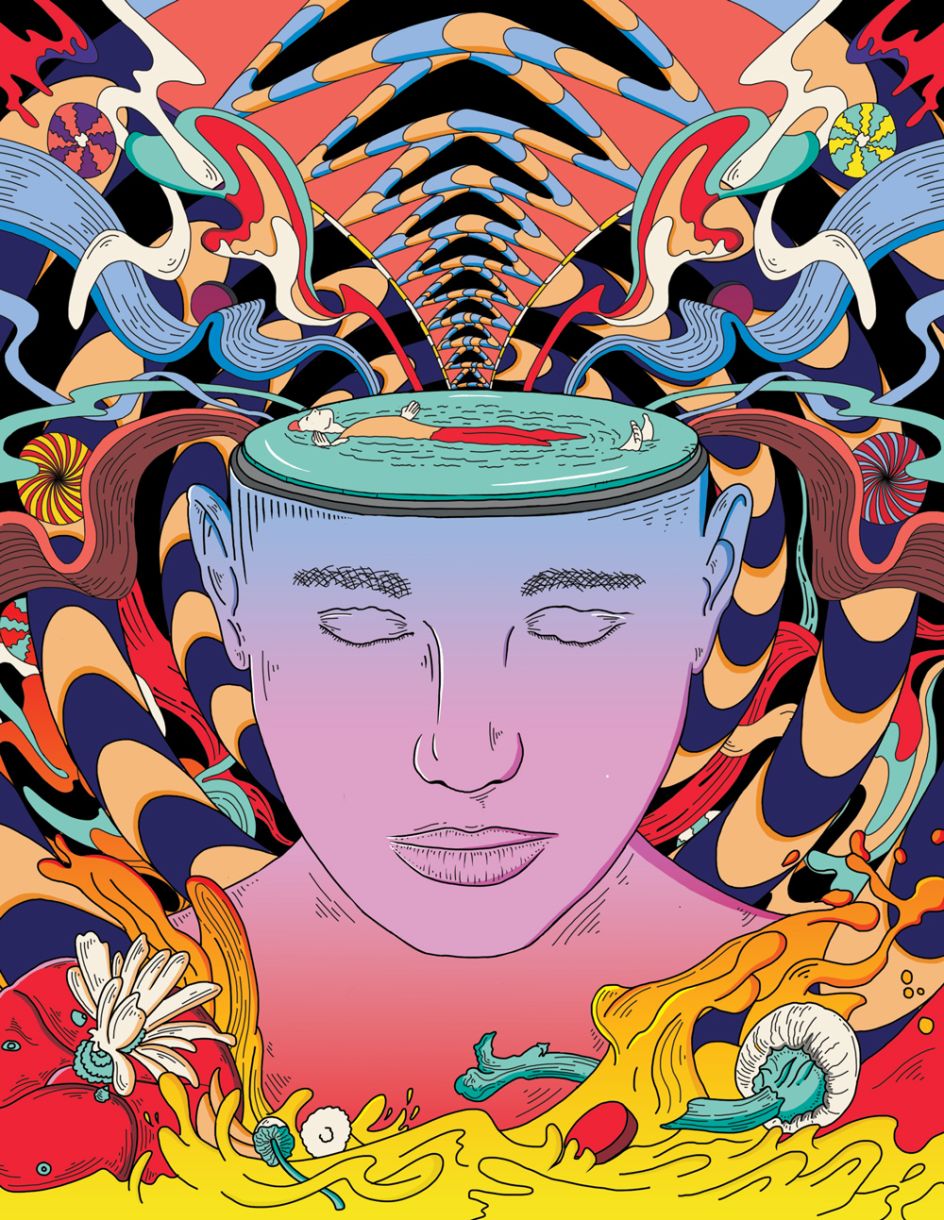
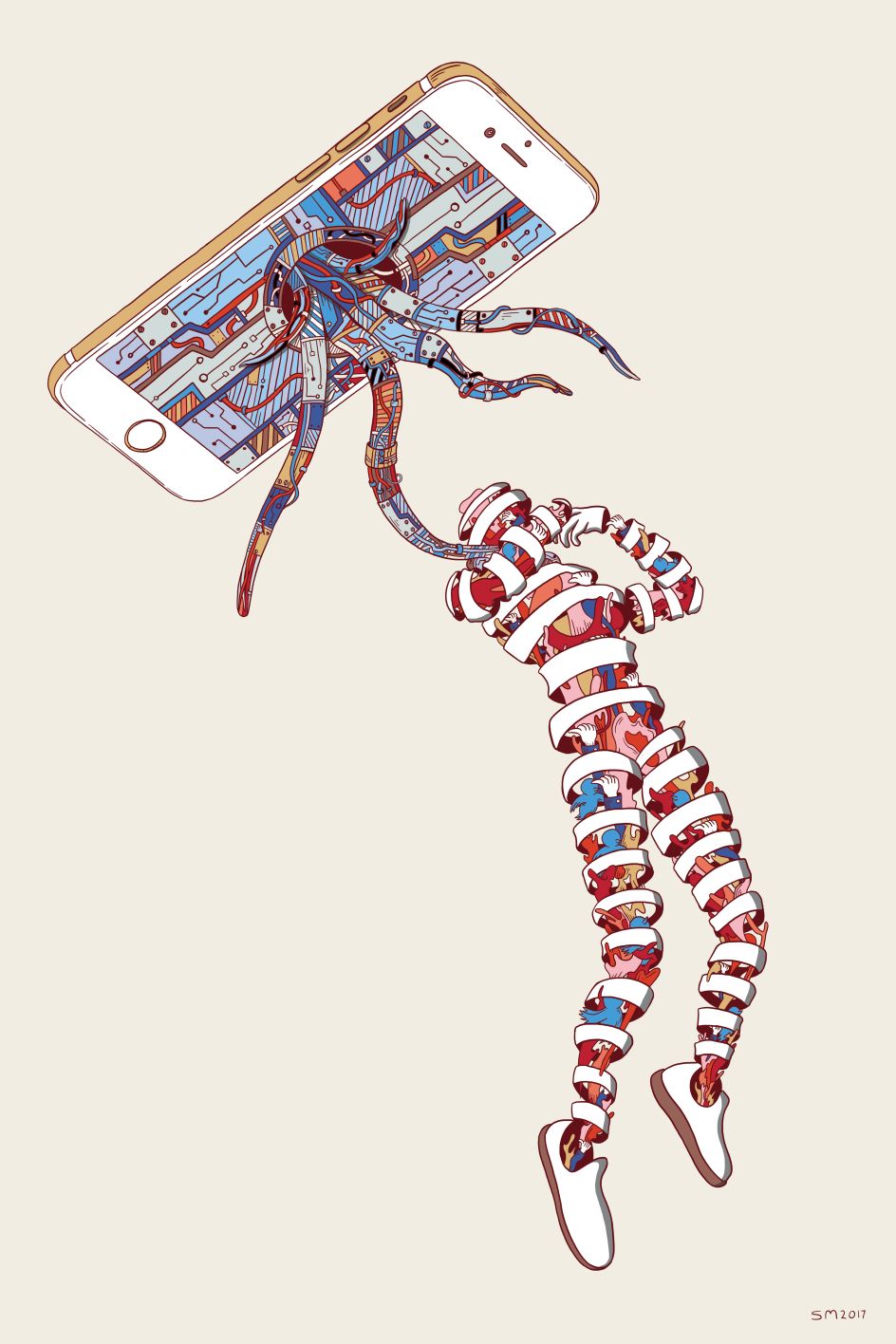
What’s been the greatest inspiration for your work?
Movies! Every film I’ve seen I will take inspiration from! But the rest of the time key figures in the Pop Art movement like Keith Haring, Roy Lichtenstein and Andy Warhol because without them I don't think our commercial art world would exist. Film directors like Alejandro Jodorowsky and Darren Aronofsky and musicians like Kanye West, Kendrick Lamar and David Bowie.
How would you describe your style?
A mix of cartoon comic style with realistic details covering a plethora of subject matter.
You work with a variety of clients from Disney to AMC – what’s been your favourite project to date?
It’s one that hasn’t come out yet… but it's generally the one in the last few that have given the most freedom whilst reeling you in when you need it, and for me, that has been my work with New Scientist magazine.
Who would be your dream client, and why?
Leaping off from the previous answer, it's the client that gives you the most freedom, understands the approach you want to give to a project and reels you in at times when you need it. Early in my career, I was chasing dream clients, big brands, but over time I’ve learnt that freedom is the dream. To quote Peter Fonda in ‘The Wild Angels’ - “We wanna be free, we wanna be free to do what we wanna do. And we wanna get loaded. And we wanna have a good time. And that’s what we’re gonna do. We’re gonna have a good time. We’re gonna have a party!”
Sure the quote was re-appropriated by Primal Scream in the 90’s clubbing era, but part of the message has resonated with me for a long time.
What key piece of advice would you pass on to a budding designer?
Do the work that only you could ever do. The Coen Brothers have made a career out of making movies that march to the beat of their own drum. So my advice is to discover who you really are and what you really like and just make art with that in mind.
You’re a self-confessed movie buff, what’s the best film you’ve seen so far this year?
New movies? We are in early 2018 now so not a lot has been released but out of the ones that have, I’d say easily Black Panther for sure. It's just filled with innovative design, music that is rooted in its subject matter and some very strong and much-needed messages to the world. To see how the director Ryan Coogler was influenced on the film besides the comic book source material, check out the work of Jazz musician Sun Ra in the film Space Is The Place and the world of Afro-Futurism.
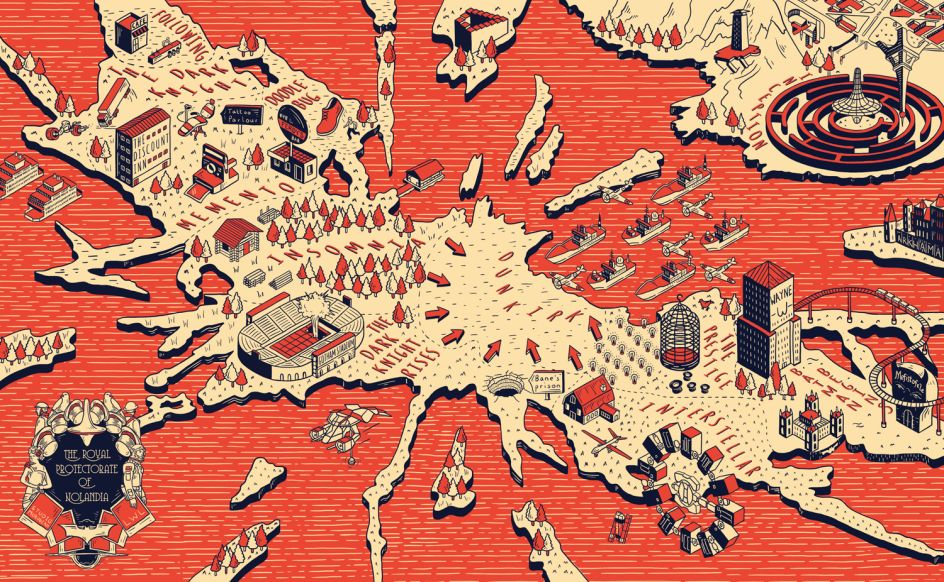
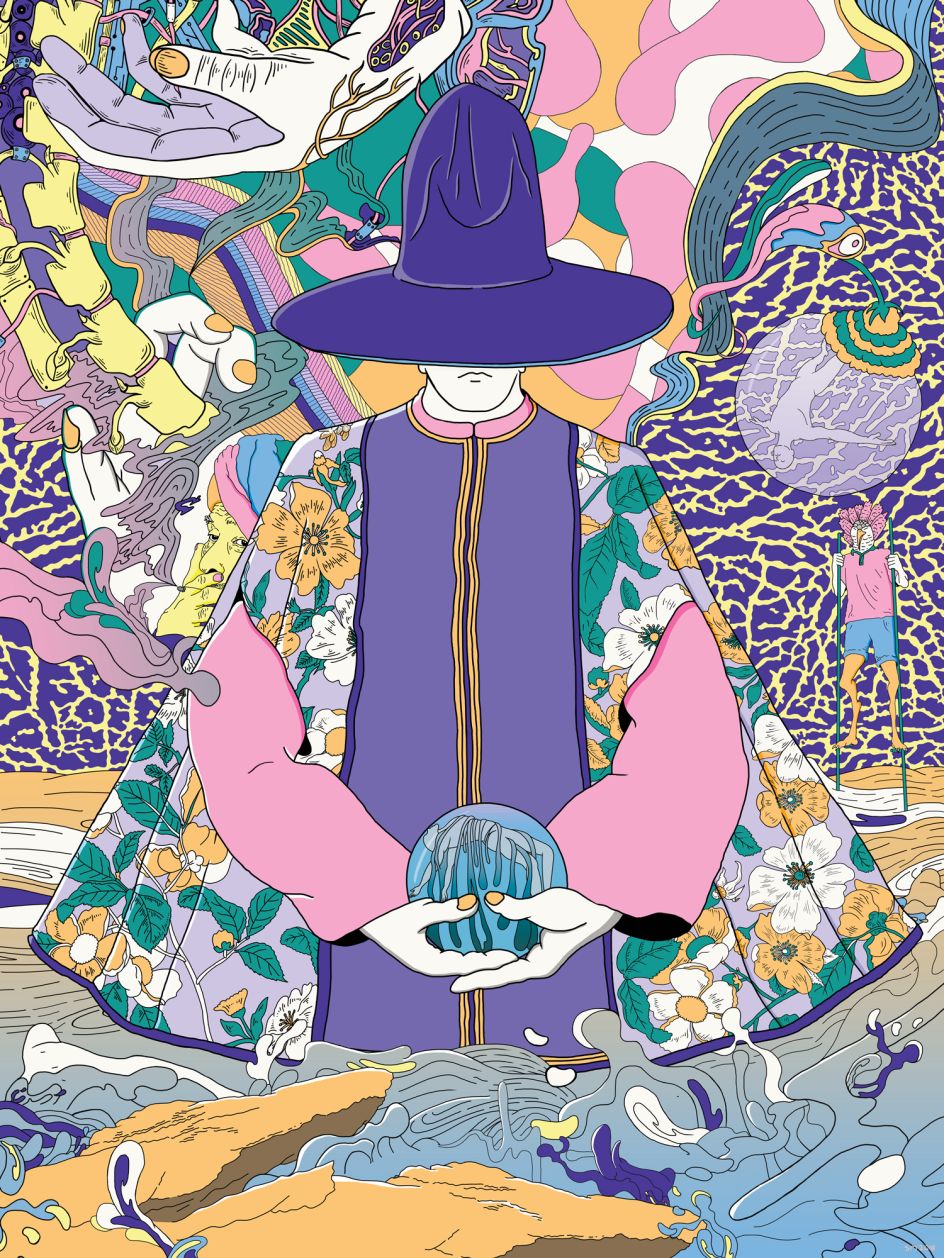
Who are your art heroes?
As mentioned previously Keith Haring, Roy Lichtenstein and Andy Warhol but let's talk about contemporaries. Four of my artist friends, Eve Lloyd Knight, Alice Heartley, Lynnie Zulu and Hattie Stewart. Also, James Jean is a modern master!
What’s next?
To focus on making work that only I can make… More specifically, commissions I can talk about: I am contributing some work to a Guillermo del Toro art book from the publisher Printed in Blood. Lots of personal projects focusing on the world of the surreal and a couple of tribute illustrations for the films Black Panther and Get Out.

















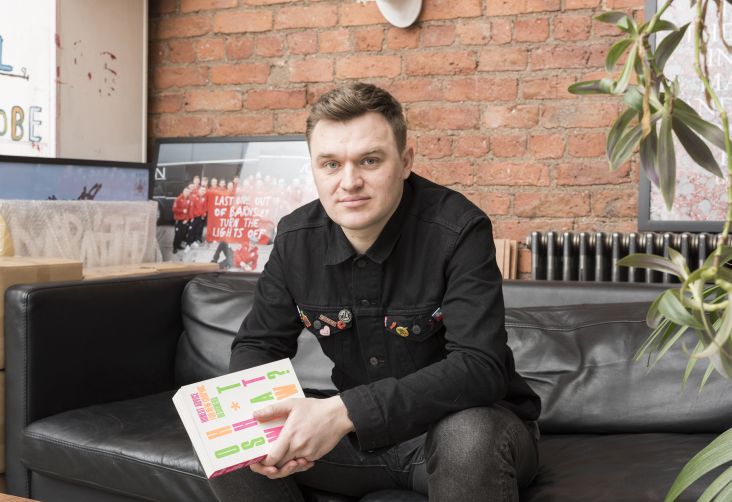

](https://www.creativeboom.com/upload/articles/e3/e378f0441c6873a921dc03121f709ba075c15c38_732.jpg)
